OUR LIGHTNING PROTECTION SERVICES
RISK ASSESSMENT
Risk management for structures and buildings according to SANS/IEC 62305-2
In accordance with the lighting protection system standards, a lightning protection risk assessment must be performed on all structures under consideration.
The risk assessment process is designed to evaluate the need for a lightning protection system, and thereafter determine the level of lightning protection required. The risk potential of structures is assessed in a risk analysis.
The result of this analysis allows us to take measures which reduce the risk. The aim is to select economically reasonable protection measures which are adapted to the properties and utilisation of the building.
A risk analysis defines the level of lightning protection system and a complete protection concept, including the necessary shielding measures against lightning electromagnetic impulses. The risk assessment process reduces the existing risk to a tolerable risk. The tolerable risk is defined when selecting the risks. These tolerable risks are specified in the standard.
Risks to be considered
At the start of the risk analysis process, the focus is on the utilisation of the structure, which allows us to calculate the risks that have to be considered for the object to be protected.
One or more risks can be relevant for the structure. The lightning protection system designer decides which risks are to be considered.






Four different categories are distinguished in a risk analysis:
- Risk R1: Loss of human life
- Risk R2: Loss of service to the public
- Risk R3: Loss of cultural heritage
- Risk R4: Loss of economic value
ENGINEERED DESIGN
2D & 3D Lightning Protection Designs.
Planning complex objects and structures by means of a 3D program allows us to efficiently design air-termination systems while taking into consideration all parts of the structure. This way, the air-termination systems can be installed more effectively than if the 2D AutoCAD method is used.
Due to the increasing requirements regarding the building architecture, 3D planning is a very good solution for visually representing lightning protection measures. Based on our 3D planning, customers get an idea of how to integrate the lightning protection measures into the building architecture.
Another advantage is the clear visualisation of the protected volume of the air-termination systems.
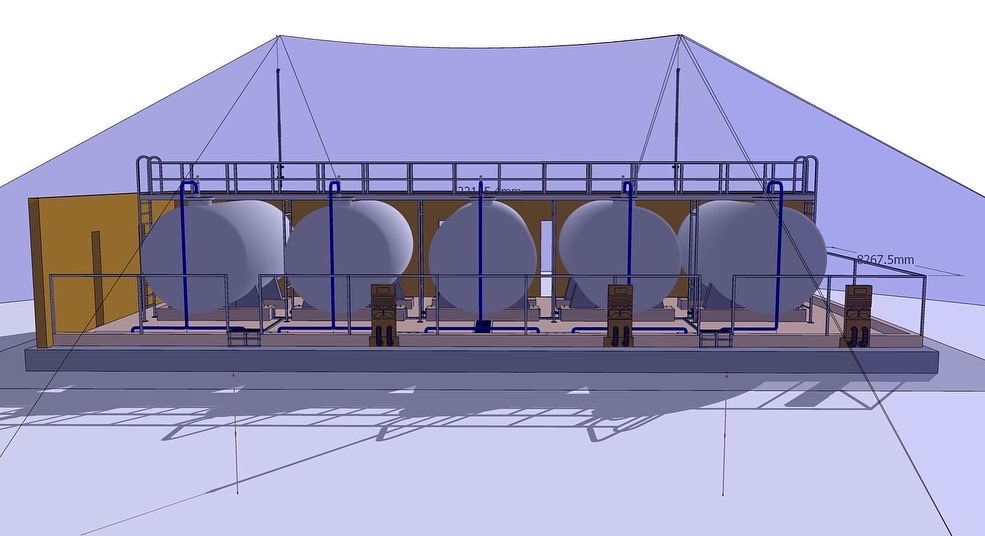
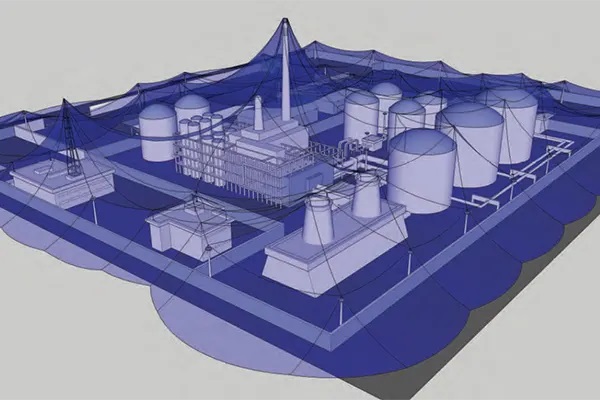
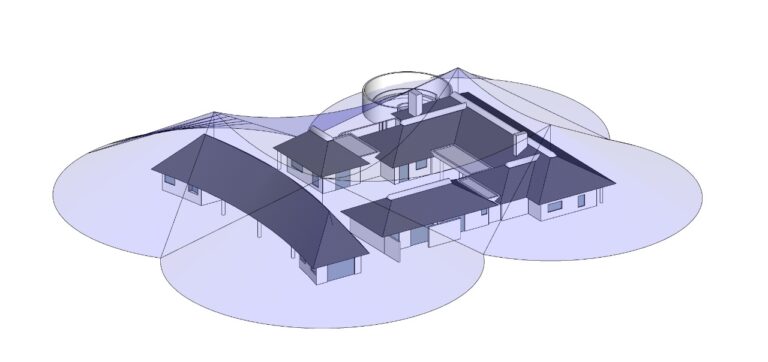
2D Drawings & 3D Planning.
3D planning ensures component-optimised design. No individual views and details of building outlines are drawn, but the building is virtually designed on the computer. In this process, a detailed 3D model is created. 2D drawings can also be generated from this 3D model.
This procedure has numerous benefits:
- All drawings always correspond to the latest version of the 3D model.
- Faults are minimised due to a 360 degree view of the protected volumes around the building.
- Any number of 2D and 3D view drawings can be generated from the 3D model.
- In addition to the view drawings, any number of mounting details can be generated.
SITE ASSESSMENTS
Through many years of experience, our ability to solve problems and provide effective solutions in preventing lightning damage is unparalleled.
Our on-site evaluations provide an essential service in the maintenance of LPSs and the provision or problem solving solutions to prevent further damage to structures and their operational systems.
The on-site assessments utilises various inspection and testing techniques to verify the compliance of SLPS to the relevant standards. The source of lightning damage is investigated and what further mitigation measures are required to reduce the risk of damage are also determined during our evaluations.
All assessments include detailed inspection reports, test reports, findings, recommendations and lightning protection mitigation execution plans.
SOIL RESISTIVITY & SIMULATION
Soil resistivity surveys provide valuable information in the design of the earth termination system.
The method of determining the soil resistivity distribution of the earth on the site for the purpose of designing an earthing system is the four-electrode sounding method called the ‘Wenner’ method of sounding:
- Carry out on-site soil resistivity surveys: Depending on the size of the site, various surveys are conducted to a sufficient depth to enable calculation of optimum rod lengths. All surveys are to be checked with traverse readings.
Analyse resistivity readings and calculate the following:
- Resistivity in Ohms and Ohm/metres.
- Determine top soil depth – layered soil conditions.
- Appraise corrosiveness based upon soil resistivity and other site factors.
- Design earthing system based upon application, soil conditions (rock and so forth), resistivity values and other external factors (corrosiveness and so on).
- Calculate direct current resistance of earthing system.
- Analyse Grid Potential Rise and Step and Touch Potentials to ensure safety factors for the earthing system.
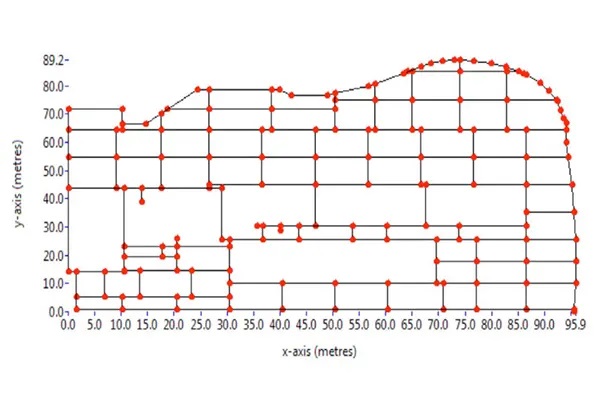

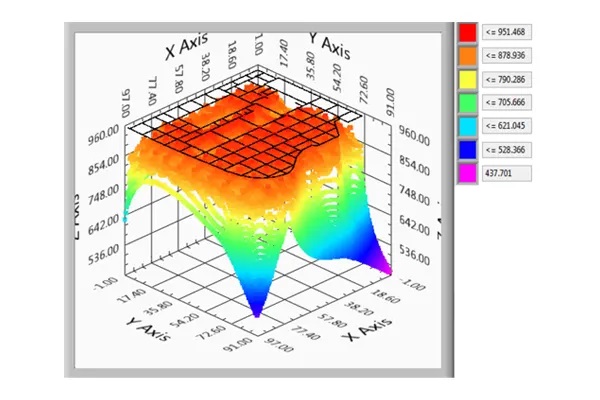
TURNKEY SOLUTIONS
- Site Assessment and Consultation
- System Design and Engineering
- Material Procurement and Fabrication
- Installation and Construction
- Coordination with Other Trades
- Testing and Certification
- Compliance and Regulatory Approvals
- Training and Education
- Documentation and Warranty
- Ongoing Maintenance and Support
- Post-Installation Reporting

